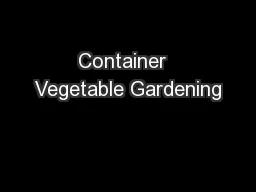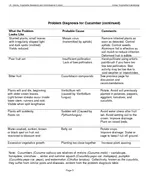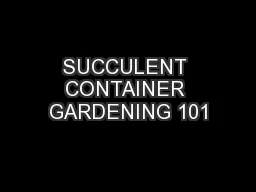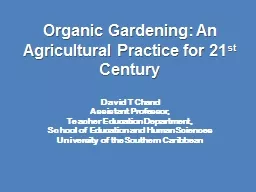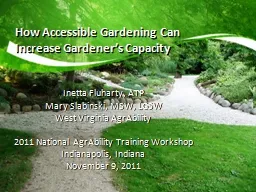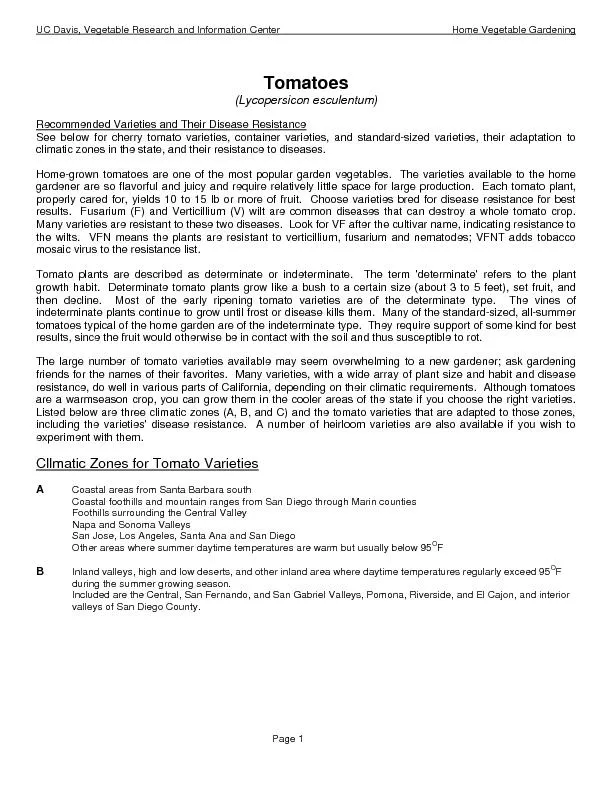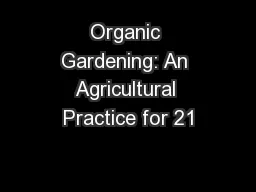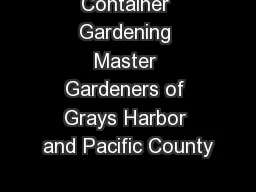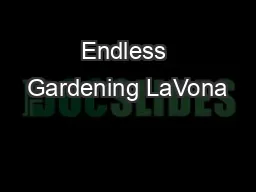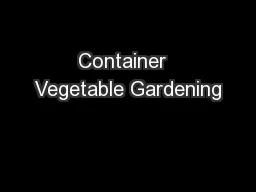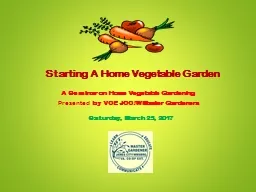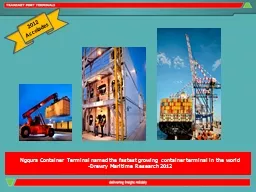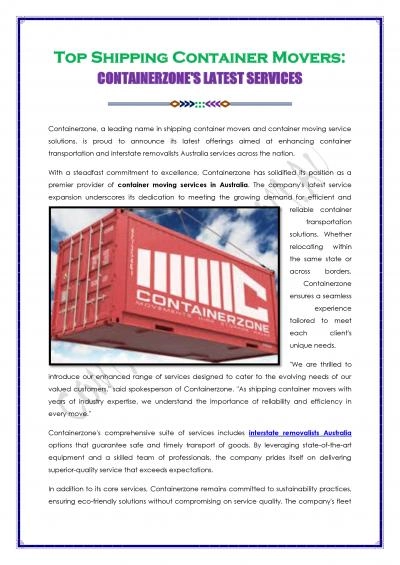PPT-Container Vegetable Gardening
Author : sherrill-nordquist | Published Date : 2018-09-19
Healthy Harvests from Small Spaces Adapted from Balto Co Presentation Kent Phillips Howard County MG Kentaphillipsgmailcom 2 Resources Grow it Eat it wwwextensionumdedugrowit
Presentation Embed Code
Download Presentation
Download Presentation The PPT/PDF document "Container Vegetable Gardening" is the property of its rightful owner. Permission is granted to download and print the materials on this website for personal, non-commercial use only, and to display it on your personal computer provided you do not modify the materials and that you retain all copyright notices contained in the materials. By downloading content from our website, you accept the terms of this agreement.
Container Vegetable Gardening: Transcript
Download Rules Of Document
"Container Vegetable Gardening"The content belongs to its owner. You may download and print it for personal use, without modification, and keep all copyright notices. By downloading, you agree to these terms.
Related Documents

